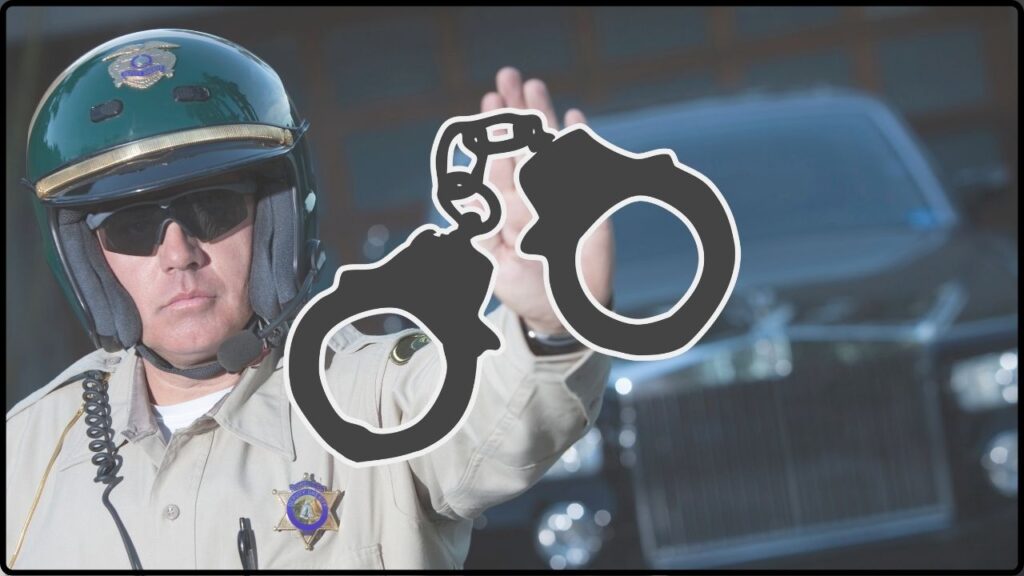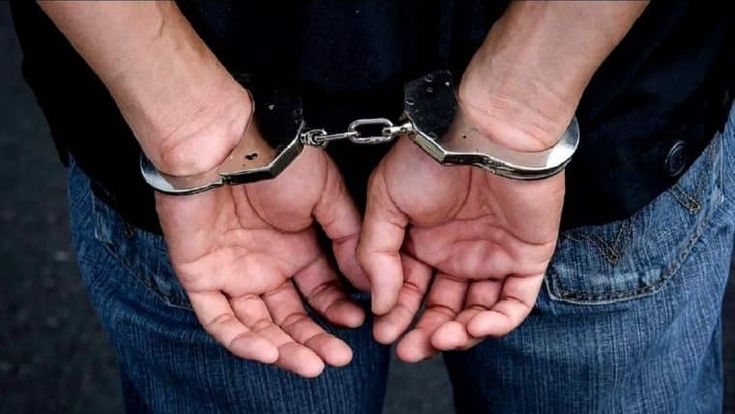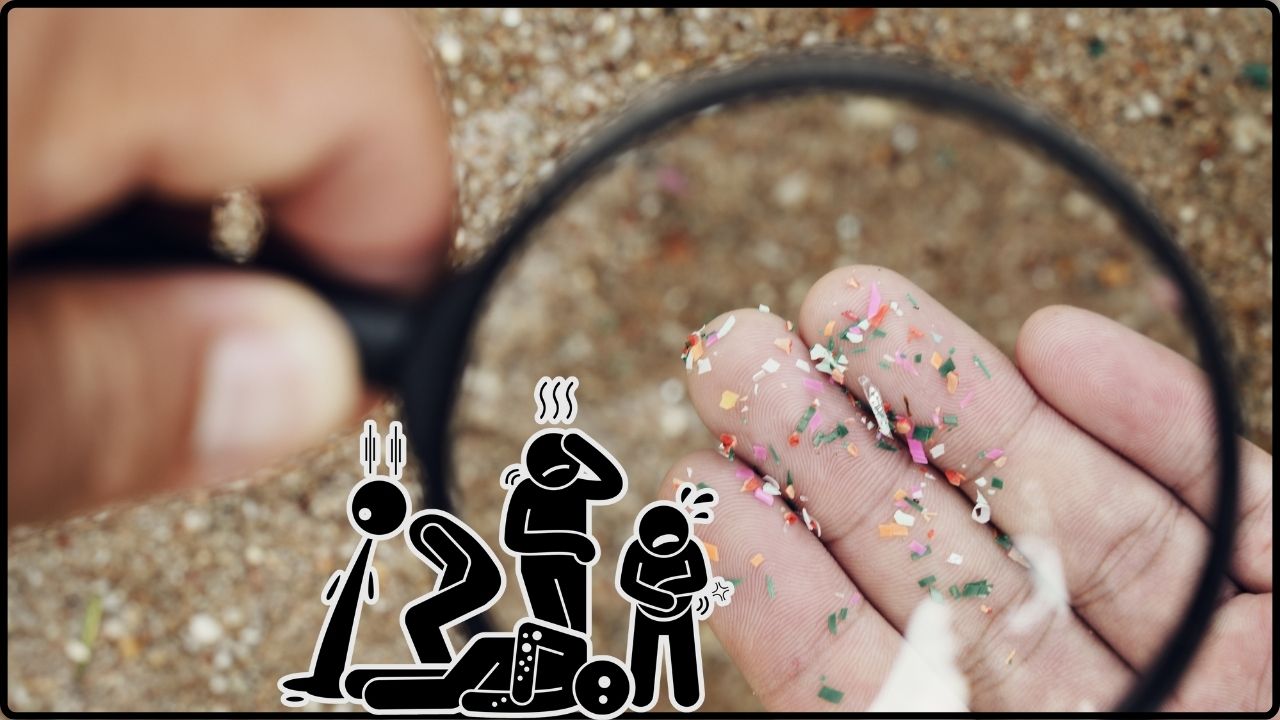U.S. Traffic Law Raises Alarms Nationwide: No Ticket, No Warning, Just Handcuffs is the subject that’s been lighting up conversations across the country. Here’s the breakdown: you get pulled over for something small, like a broken taillight. There’s no ticket, no warning—but handcuffs appear. Sounds unfair, right? Well, it’s happening more often than you might think. This article unpacks it all—it’s written for everyone, whether you’re a curious kid or a legal pro.
U.S. Traffic Law Raises Alarms Nationwide
No Ticket, No Warning, Just Handcuffs is more than a phrase—it’s a signal that our systems might be sliding into unsafe territory. If broken taillights lead to cuffs—and if racial bias plays a role—then it’s time to rethink how we police the roads. Courts are grappling with where to draw the line between officer safety and constitutional protections. Meanwhile, community groups, legislators, and everyday drivers must know their rights, stay alert, and demand transparency.
Protect yourself by staying polite, documenting stops, and knowing your rights. Stand with advocates pushing for de-escalation training, transparent data, and alternative procedures that don’t lead to needless cuffs. This is about our shared safety—and justice for every driver in America.

| What | Stat / Case | Why It Matters | Source |
|---|---|---|---|
| Handcuffs without ticket/warning | About 7% of no-action stops involve cuffs | Drivers taken into custody with no citation | Stanford / PPIC–style research |
| Overall traffic-stop outcomes (2020) | 10% nothing, 43% warning, 43% ticket, 4% search/arrest | Nearly half of stops go beyond simple fixes | Bureau of Justice Statistics |
| Racial disparities in cuffing | Black drivers ~2× more likely to be handcuffed | Highlights bias in policing | Stanford Open Policing Project |
| Key cases – Williams & In | 9th & 11th Circuits supported cuffing based on safety | Safety justification sometimes overrides ticket requirement | Federal appellate rulings |
| Supreme Court–revived lawsuit | Barnes v. Felix (May 2025) pulled traffic shooting case back for full review | SCOTUS scrutinizing use-of-force context | Supreme Court case updates |
How We Got Here?
Minor Infractions, Major Pull-Overs
In Whren v. United States (1996), the Supreme Court ruled that even small violations—like a non-functioning taillight—are enough for cops to pull you over. That created what are known as “pretextual stops.” Legally legit, but critics argue they’re a gateway to unnecessary confrontations.
Cuffs in the Name of ‘Safety’
Courts such as the 9th and 11th Circuits—via cases like Williams and In—have said cops can cuff drivers if they genuinely believe there’s a safety concern (e.g., late-night stops, unknown threats, suspect behavior). While intended to protect officers, this logic has opened the door to routine cuffing for reasons beyond traffic infractions.
A Look at the Latest Legal Developments
U.S. v. In (9th Circuit, December 2024)
- Scenario: Driver pulled over for a broken taillight; officer discovered a gun.
- Verdict: The court agreed that handcuffing the driver was reasonable under safety concerns—even though no ticket was issued .
Williams (11th Circuit, April 2023)
- Case details: Officer cuffed a driver who showed erratic behavior in a high-crime area.
- Ruling: Officer experience and environmental factors justified handcuffing, even during a routine stop .
Barnes v. Felix (Supreme Court, May 2025)
- Story: Barnes was shot after being pulled over for toll violations. Courts are now tasked with reviewing the entire context—what happened leading up to the shooting, not just the split-second moment .
- Significance: The case could reshape the legal standards for when police can use force during stops.

What the Data Reveal?
Nationwide Traffic-Stop Trends (2020)
According to Bureau of Justice Statistics, in 2020:
- 10% of stops resulted in no action,
- 43% led to warnings,
- 43% led to tickets,
- 4% ended in searches or arrests .
This means about half of all stops escalate in some form—enough to raise concerns about overreach.
Racial Inequality in Policing
The Stanford Open Policing Project, analyzing over 100 million stops, has found:
- Black drivers are around twice as likely to be handcuffed compared to white drivers .
- Searches of Black and Latino drivers happen with less justification or evidence than those of white drivers .
The Power of Words and Behavior
A study from Virginia Tech showed that if an officer begins a stop with commanding or aggressive language, Black drivers are three times more likely to end up in cuffs—even when their behavior is similar to white drivers .
Real-Life Stories That Hit Home
The Sandra Bland Tragedy (2015)
Stopped in Texas for not signaling, Sandra Bland followed the officer’s instructions, yet was cuffed anyway. Just three days later, she was found dead in her jail cell. Her family received a $1.9 million settlement. Her tragic death sparked national reforms around de-escalation and stop procedures .
Barnes v. Felix Incident (2016)
Pulled over for toll violations in Houston, Barnes was shot when he attempted to drive away from the officer. His lawsuit reached the Supreme Court in May 2025, where it was revived for comprehensive review of officer actions leading up to the event .
These stories highlight a disturbing pattern: routine stops escalating into dangerous or fatal situations.
Expert Perspectives
Georgetown University’s Paul Butler argues that decisions like Terry and Whren, despite appearing neutral, embed racial bias into policing systems. He stated:
“African-American men appear to have been the prototypical criminals… the system is working the way it is supposed to.”
Legal scholars also highlight the importance of tone and wording:
“Officers’ scripted commands escalate stops…”
Those small verbal cues—“Hands on the wheel,” “Step out of the vehicle”—can set the stage for escalation.

What You Can Do as a Driver As U.S. Traffic Law Raises Alarms Nationwide
1. Stay Calm and Speak Politeness
A calm voice and respectful tone can shift the dynamic. Respond. Don’t react.
2. Ask About Your Rights
Politely say, “Officer, am I under arrest?” If he says no, follow with “Can I understand why I’m being cuffed?”
3. Know About Ticket Signing
Some states allow refusal of a ticket signature. Instead, you’re directed to appear in court. This can help avoid instant arrest—but only if state law supports it.
4. Record Information
Write down patrol unit number, badge number, time, location. If legal in your state, consider discreet video or audio recording—these can defend your rights later.
5. File a Formal Complaint if Necessary
If you suspect a violation of your rights, request a copy of the department’s complaint procedure, consider legal counsel, and document everything.
A Legal Primer for Attorneys and Professionals
Understanding the Fourth Amendment
- A “stop” requires reasonable suspicion—a minor traffic violation meets that standard.
- An “arrest” requires probable cause and typically handcuffs—this is a higher bar.
- Courts are now asked whether handcuffs alone mean an arrest—context is key.
Key Precedents
- Whren v. United States: Minor infractions = valid traffic stops .
- Williams, In: Safety concerns may justify cuffs even if no formal charge is made .
- Barnes v. Felix: SCOTUS reopened the case to examine full context, not just isolated incident .
These decisions affect how attorneys frame civil rights cases and challenge law enforcement procedures.
What’s Being Done—and What’s Coming
Restricting Pretextual Stops
States like Virginia, Pennsylvania, and Tennessee are banning stops for things like hanging air fresheners or plastic bags obstructing view . The goal: reduce unnecessary interactions and bias.
Ticket Signature Alternatives
Georgia is weighing legislation to let drivers decline ticket signing and instead appear in court—cutting off immediate arrest for refusal .
Transparency and Training
Police departments are urged to:
- Collect and publish data on stops, searches, cuffs, and arrests by race and location.
- Use scripted, respectful introductory prompts.
- Invest in de-escalation training and racial-bias awareness.
Civil Oversight
Effective oversight includes independent review boards, police-community forums, and timely follow-through on complaints.
Practical Tip Resources
If you want more help, here are reliable resources:
- The American Civil Liberties Union (ACLU) offers guides on traffic-stop rights.
- The National Association of Criminal Defense Lawyers (NACDL) provides legal reference materials.
- Search for “traffic stop rights” on gov.uk/us for government-verified info.
- For federal data, explore the Bureau of Justice Statistics site.
USA Settlement Loan Launches New Site; See If You Qualify for Fast Lawsuit Cash in Your State
Why House Republicans Are Quietly Nervous About Trump’s ‘Big Beautiful Bill’











